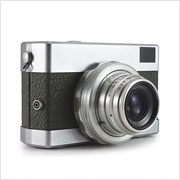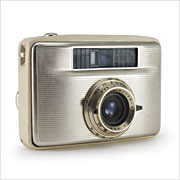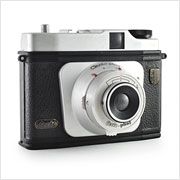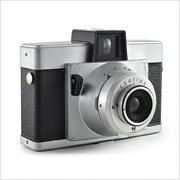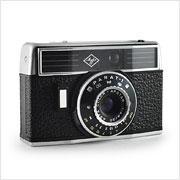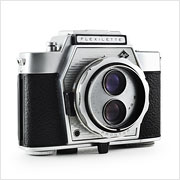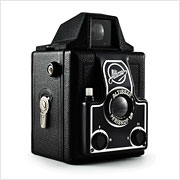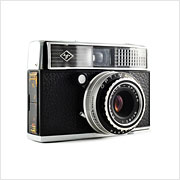Carl Zeiss Jena Werra
The Carl Zeiss Jena Werra is the very first model in a line of sleek 35mm viewfinder cameras produced by VEB Carl Zeiss Jena, Zeiss Ikon’s factory in the city of Jena where the company was originally founded in 1846. After the war, Zeiss Ikon’s assets were divided alongside Germany into east and west. While the company re-established itself as Zeiss Ikon AG in the western city of Stuttgart as the East German government took control and nationalized what remained in Dresden, the factory in Jena also split with much of the assembly line being transplanted to the town of Oberkochen.

